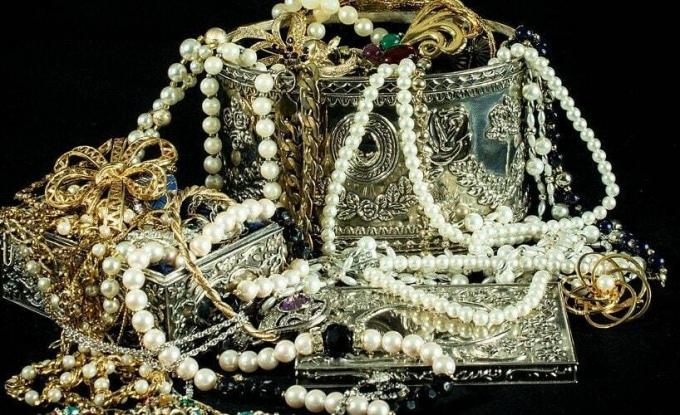The famous and renowned Chicago School of Economics part of free market thinking, as long as it was within a strict monetary structure, defined by the government. The school was born in the middle of the last century, originating in the Booth business school (Univ. Chicago) and the department of economics.
Learn more about their ideals, characters and proposed measures for the economy in the following article.
Advertisements

In this article you will find:
Leaders and Thought from the Chicago School of Economics
Its main leaders were George Stigler and Milton Friedman, who were winners of the Nobel Prize in Economics in 1982 and 1976, respectively. The economic thought of the Chicago School contradicts classical Keynesian theory, and as a methodology, the studies are based on the use of statistics rather than theories.
Advertisements
On the other hand, the macroeconomic theory of this school deeply rejects Keynesianism, being in favor of monetarism, this means that it focuses on the effects that the money in the economy in general, this until the 70's, when it was transformed into the new classical macroeconomics, which is based on the Theory of Expectations. rational.
Market efficiency hypothesis
Chicago School economists began to use and apply this new theory in other economic areas, such as finance, this generated the well-known hypothesis of efficiency of markets. This hypothesis proposes that a stock market produces efficient information when the interaction of the different participants that compete in it leads to equilibrium in which the market price of a security is quite close to its theoretical price or intrinsic.
Advertisements
The name was born in the 1950s when it began to be used to identify economists who taught classes in the Department of Economics at the University of Chicago. At that time a group was created that focused on discussing economic problems, always based on the theory of prices. However, not all the economists of the Department felt identified with the principles of the School, only half of the teachers share their ideas.
At present, the different theories proposed by the Chicago School were the basis for many of the economic policies of the World Bank and the International Monetary Fund.
Advertisements
Main ideas of the Chicago school
Chicago school economists firmly believed that the market economy is substantially stable and that Radical changes, such as depressions or economic crises, would result from bad intervention on the part of the Condition.
This is why one of its main founders, Milton Friedman, argued that the origin of the great depression that took place in the The 1930s did not occur due to the absence of investment, as Keynes well attested, but it was the product of a contraction in supply monetary.
Advertisements
The main focus of the Chicago school was on the pro-market theory, which had the following elements:
- Consumption theory: Through this theory it was sought to study how individuals make their consumption decisions. To achieve this, a relationship was made between preferences (which are reflected in the utility curves) and the budget constraint.
- Theory of rational expectations: This theory proposes that individuals create their expectations in a rational way, this means that they use the available information correctly. With the above explained, rational expectations are usually appropriate, while errors are random.
- Criticism of Keynesianism: The school deeply criticizes the fact that there is an intervention on the part of the State as an attempt to stabilize the economy.
- Marshalian tradition: This tradition means that more specific and concrete market studies are carried out.
- Human capital theory: This theory considers that a key factor to achieve productivity is the participation of human capital, that is, the skills of workers, as well as their training and experience.
In turn, the Chicago school did not limit its studies only to the economic field, but was also interested in for analyzing legal and social issues, such as marriage, demographic changes, and even the slavery.
Economic measures proposed by the Chicago school
The Chicago school fervently asserted that state intervention only caused inefficiency and impeded the normal growth of a country's economy. Taking this into account, they proposed different measures that sought to promote the free market, among those measures are the following:
- Deregulation: This made it possible to eliminate or reduce regulations or restrictions that were the product of private economic activity.
- Privatization: With the privatization, the aim was to transfer or sell the State property to private parties, since it is considered that private entities would be better prepared to carry out a more efficient administration of their means.
- Concessions: When carrying out concession contracts, private entities would be allowed to administer the assets or structures of the State.
- Elimination of subsidies and other aid: With the elimination of subsidies or aid by the State, interference in the market is reduced.
- Reduce bureaucracy: This was to promote a much more efficient and effective state apparatus.
Main Characters of the Chicago School
The Chicago School was characterized by having several names that obtained Nobel prizes, in addition to its founders, some are:
- Theodore Schultz, winner of the Nobel Prize in 1979.
- Merton Miller, winner of the Nobel Prize in 1990.
- Ronald Coase, winner of the 1991 Nobel Prize.
- Gary Becker, winner of the Nobel Prize in 1992.
Application of the theories of the Chicago School
This School promoted very controversial ideas, however, they were difficult to apply in democratic environments, in those societies where their workers and employers would oppose reducing or eliminating aid, say subsidies, benefits or any other type of protection that they received from of the State. It is for this reason that many of these theories were applied in countries with dictatorial regimes.


